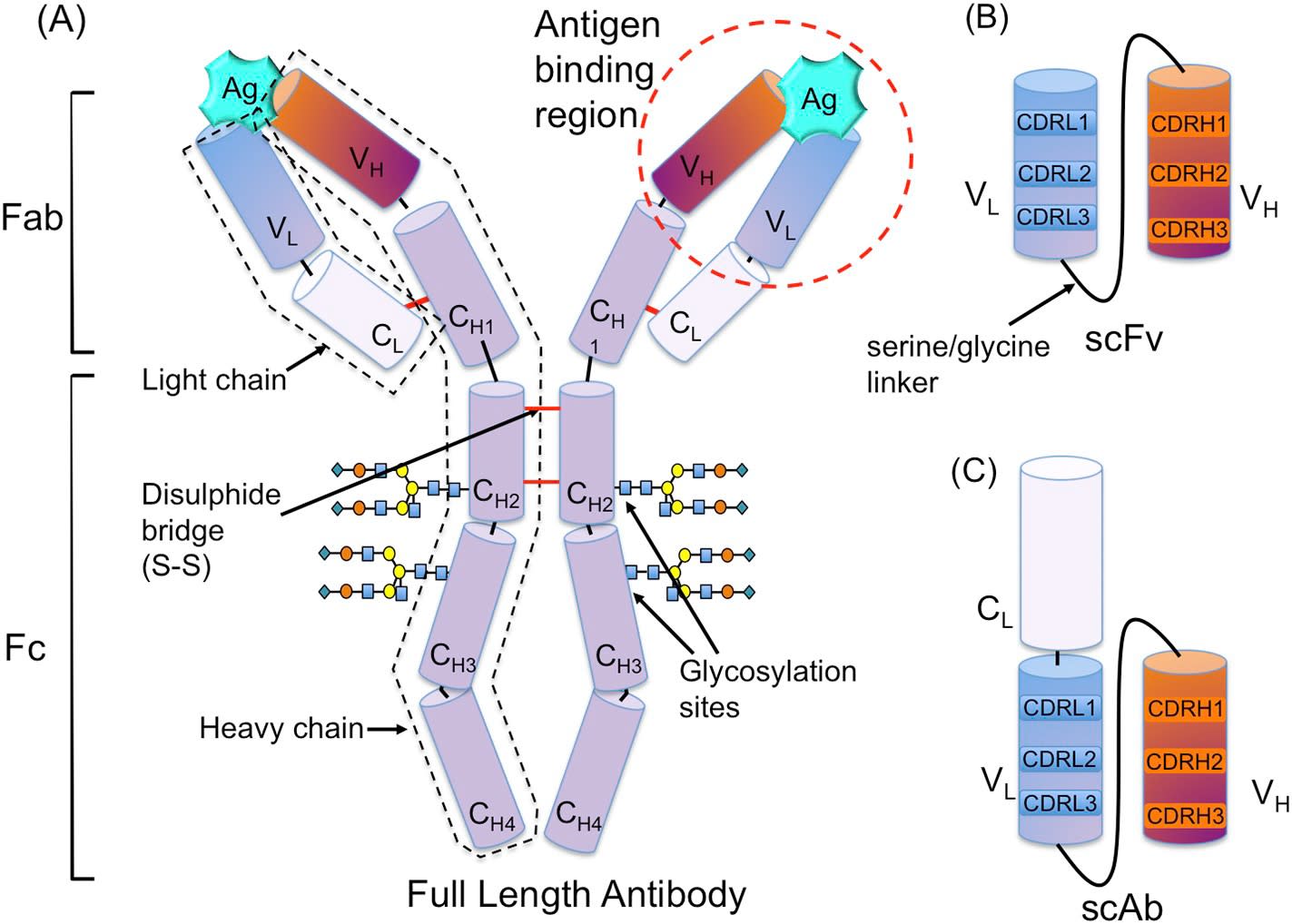Cat. #158335
Anti-cyanotoxin (MC-LR) scAb
Cat. #: 158335
Sub-type: Primary antibody
Unit size: 100 ug
Availability: 10-12 weeks
Target: Microcystin-LR
Class: Recombinant
Application: ELISA ; WB
Host: Mouse
£300.00
This fee is applicable only for non-profit organisations. If you are a for-profit organisation or a researcher working on commercially-sponsored academic research, you will need to contact our licensing team for a commercial use license.
Contributor
Inventor: Caroline Murphy ; Richard O'Kennedy
Institute: Dublin City University
Tool Details
*FOR RESEARCH USE ONLY (for other uses, please contact the licensing team)
- Name: Anti-cyanotoxin (MC-LR) scAb
- Alternate name: MC-LR, Anti-Microcystin-LR (R66S) scAb
- Research fields: Biochemistry
- Tool sub type: Primary antibody
- Class: Recombinant
- Conjugation: Unconjugated
- Host: Mouse
- Application: ELISA ; WB
- Description: Microcystins are cyclic heptapeptides implicated in the impairment of liver function in various animals. They have two variable amino acid residues; in the case of the cyanotoxin MC-LR the variable amino acids are Leucine (L) and Arginine (R). Microcystin-LR is the most commonly found cyanotoxin and inhibits protein phosphatase type 1 and type 2A (PP1 and PP2A) activities in the cytoplasm of liver cells, leading to hepatocytic necrosis and haemorrhaging. Chronic exposure to microcystin is a worrying phenomenon as microcystin over an extended period of time can cause cancer through the inhibition of protein phosphatases PP1 and PP2A.
- Immunogen: Microcystin-LR
- Immunogen uniprot id: TBC
Target Details
- Target: Microcystin-LR
- Target background: Microcystins are cyclic heptapeptides implicated in the impairment of liver function in various animals. They have two variable amino acid residues; in the case of the cyanotoxin MC-LR the variable amino acids are Leucine (L) and Arginine (R). Microcystin-LR is the most commonly found cyanotoxin and inhibits protein phosphatase type 1 and type 2A (PP1 and PP2A) activities in the cytoplasm of liver cells, leading to hepatocytic necrosis and haemorrhaging. Chronic exposure to microcystin is a worrying phenomenon as microcystin over an extended period of time can cause cancer through the inhibition of protein phosphatases PP1 and PP2A.
Applications
- Application: ELISA ; WB
Handling
- Format: Liquid
- Unit size: 100 ug
- Storage conditions: Store at -20° C frozen (best practice). Avoid repeated freeze/thaw cycles. Stable at room temperature in the presence of 20% (v/v) glycerol.
- Shipping conditions: Dry ice
References
- Murphy et al. 2018. J Immunol Methods. 463:127-133. PMID: 30321550.





